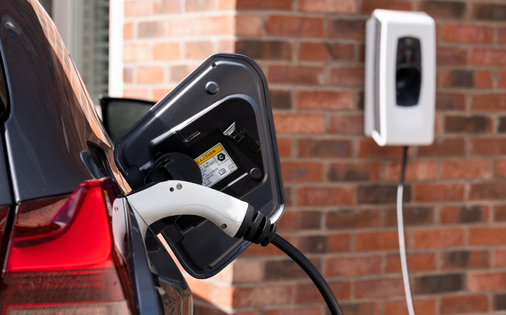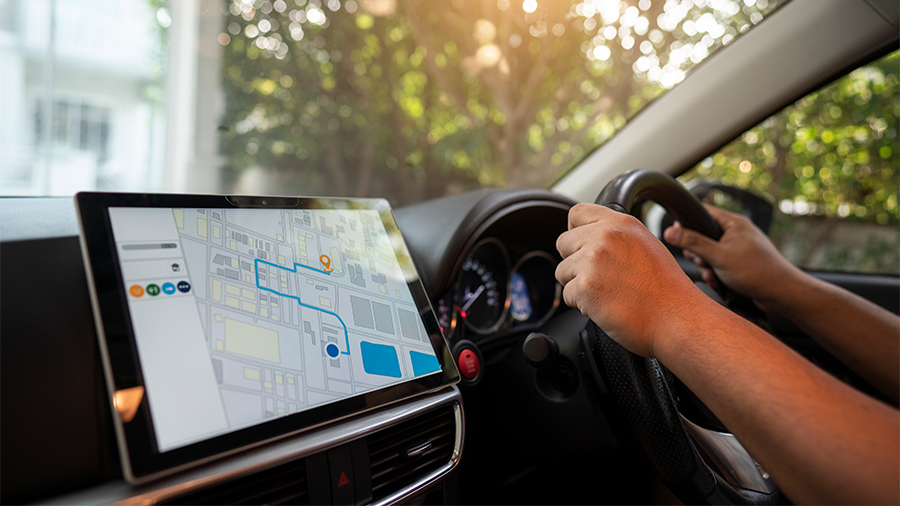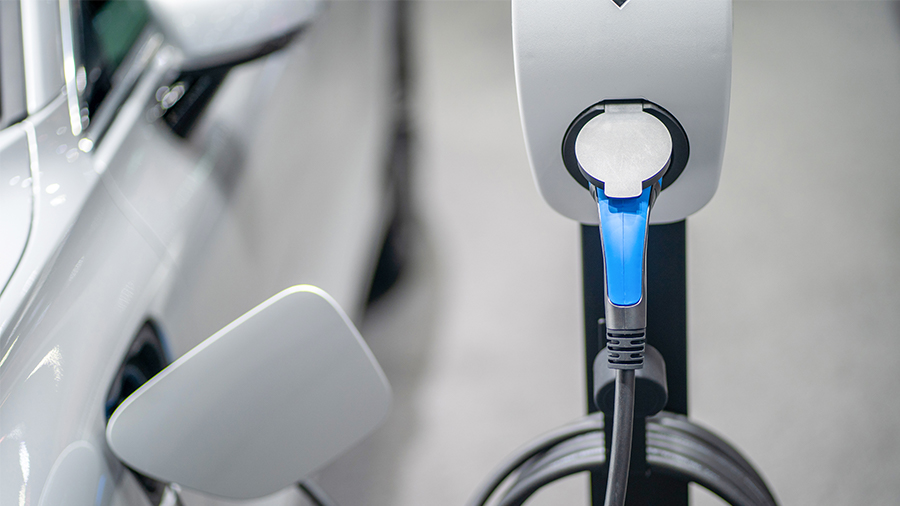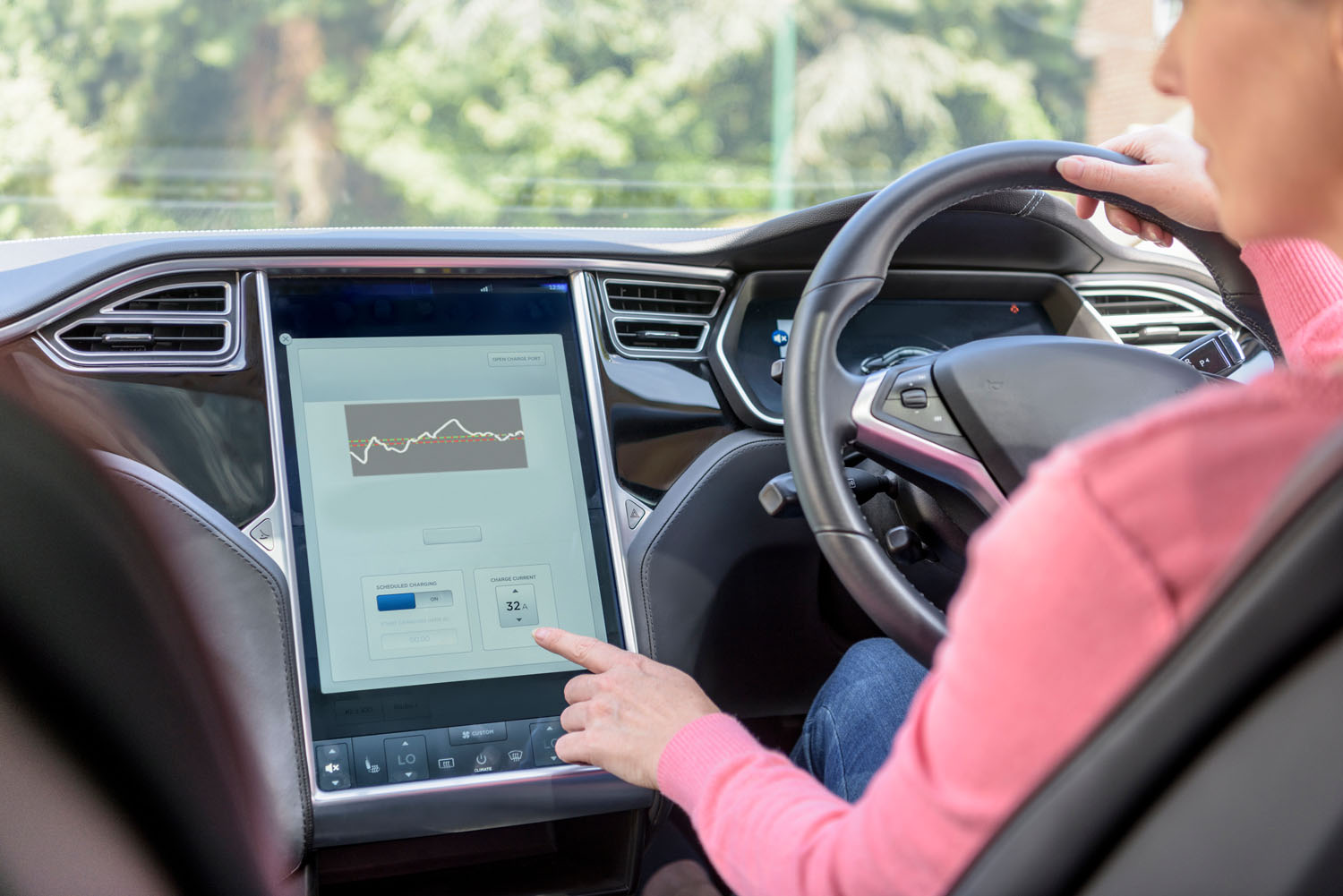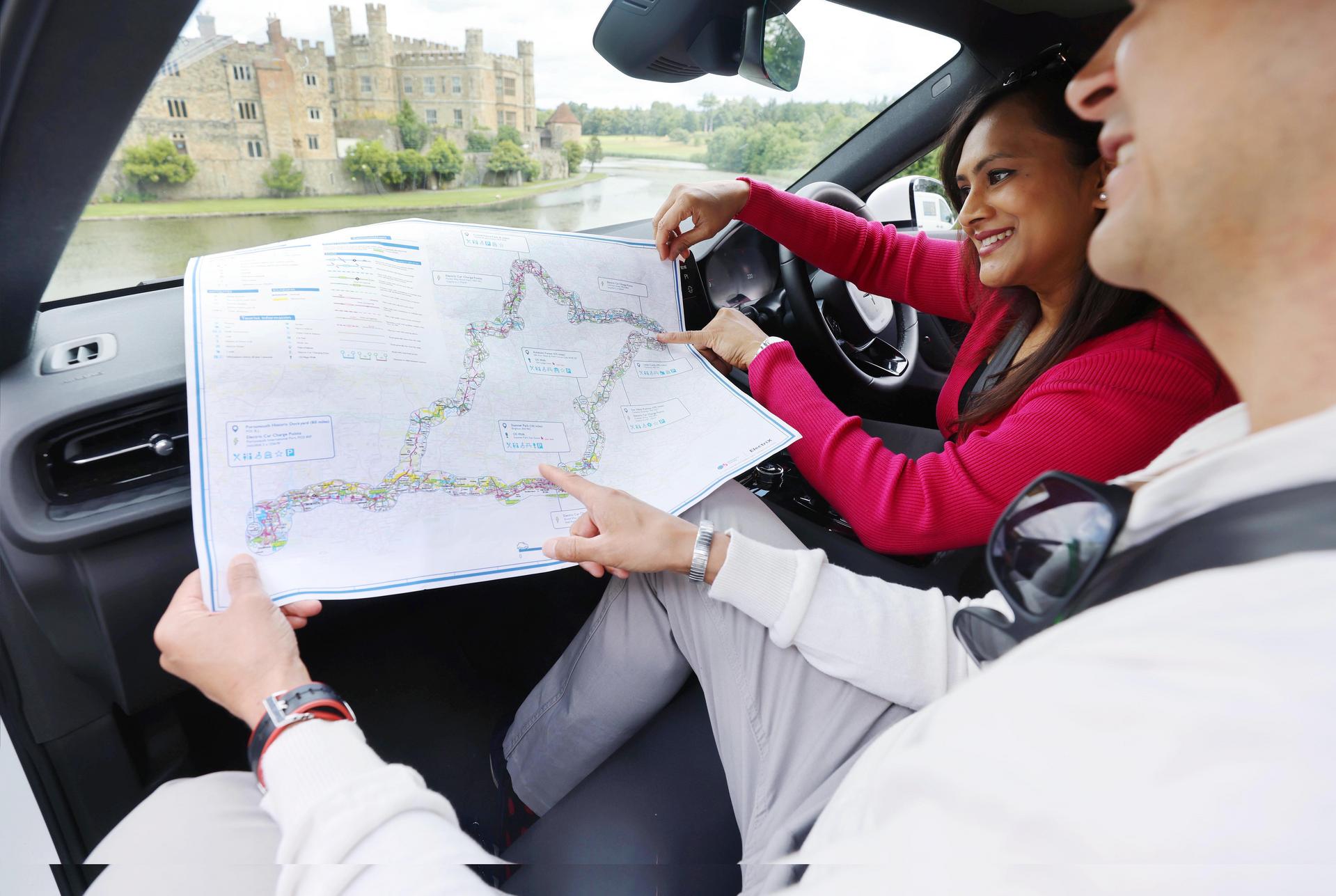Even though we’re almost halfway through the year, we know lots of people are still considering leasing a new car in 2024, so to help, we’ve compiled a selection of some of the best electric cars for lease around right now.
Whether you’re looking for an electric city car to zip around your local area in, a family car to handle everything from the school run to trips away, or a car that’s ideal for longer commutes and business travel, we have electric car lease options for everyone.
Best electric cars in the UK in 2024
The number of fully electric cars on UK roads hit 1.1 million in April 2024, and there are now more makes and models of fully electric cars available than ever before for drivers. With a wide range of electric cars to choose from when you’re considering your next personal or business lease vehicle, it can feel a bit daunting knowing where to start.
Choosing the right electric car to lease for your needs will depend on a number of factors, including:
- Your budget – the ongoing monthly costs for leasing an electric car, plus the initial payment and things like insurance, charging and maintenance.
- How you’ll use the car in your day-to-day life – how many passengers do you need to carry, is storage a priority?
- How often you’ll be able to charge your electric car and how far you travel on regular journeys.
- Whether you will use the car for personal or business use, or both.
These elements will all play into finding the best lease electric car for your specific circumstances. As electric car specialists, we’ve put together a list of the top five electric cars available for leasein 2024 for a variety of different situations to give you some great options. You can also learn more about electric car leasing.
Best lease electric cars for cities and towns
If you’re mainly going to be using your electric lease car for short trips around a city or town, to carry one or two people and without the need for lots of storage, a great option could be the Smart FORTWO ELECTRIC COUPE.

This two-seater is perfect for nipping around town, with its compact size making manoeuvring and parking a breeze. Having a WLPT range of 81 miles, this small car is ideal for those with short commutes and with a rapid charger (100kW), it takes around just 10 minutes to charge up to 80% if you need to top up as you go.
If a small family car is more your style for getting around, the Nissan LEAF HATCHBACK could be a really good option.

With a WLTP range of around 168 miles, the Nissan LEAF is a compact family car which brings all the benefits of being great around towns and cities, but it also has a range that makes it ideal for longer trips too, with the convenience of charging less often.
Best range electric cars
For those looking for the best range electric cars, capable of travelling over 250 miles between charges, a great potential choice could be the Hyundai KONA ELECTRIC.
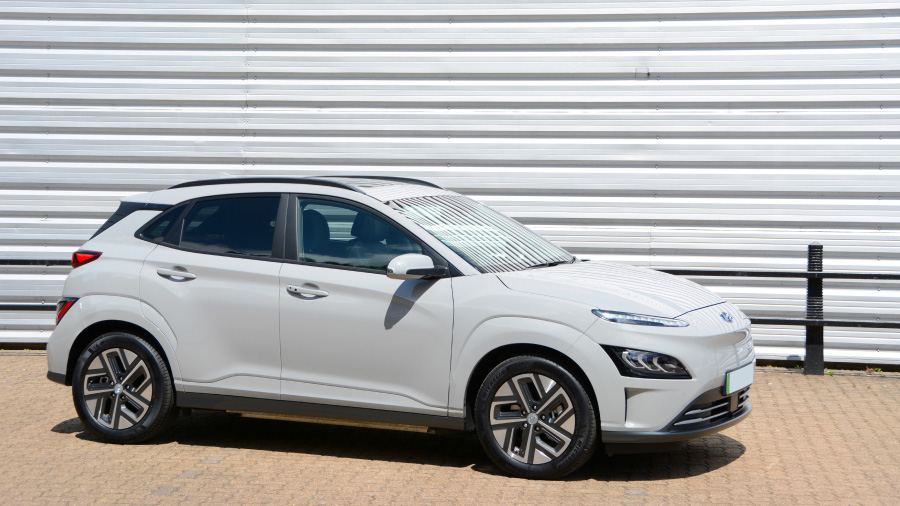
With a WLTP range of 319 miles, this is the ideal car for family trips, days out or long commutes. Having a generous 466 litres of luggage space in the boot, this is an electric lease car that can easily hold your daily essentials as well as having space for all the family
Best electric cars to lease for families
If you have a big family, or need an electric car with lots of space and flexibility, the Kia EV9 could be a perfect option for your needs.
With seven seats and still room in the boot for everyday family essentials, this electric lease car offers the style, form and feel of an SUV, but with all the practicality and flexible space that families need. The EV9 also has a WLTP range of 349 miles, making it a great all-rounder that can handle anything from the school run to trips away from home. The Kia EV9 SUV took the top spot as UK Car of the Year, plus the World Car of the Year and World Electric Vehicle in 2024.
Best electric cars to lease for business use
When it comes to business car travel, comfort, convenience and style are all important considerations as you clock up the miles. A great option for those wanting to enjoy their business journeys in style could be the Polestar 2.

With a great WLTP range of 322 miles, this sleek and refined car is an excellent choice for those looking for an electric lease car that really delivers.
It’s worth noting that when looking at business electric car leasing, a lower BiK rate at just 2% means that going electric for your next company car is more tax efficient when compared to similar petrol or diesel cars.
Some of the other best electric cars for lease in the UK in 2024
With so many brilliant vehicles available, it’s really tough to refine the list down into the very best electric cars in the UK in 2024, so we’ve also included a couple more that absolutely deserve a mention.
The ever-popular Tesla MODEL 3 could be the ideal choice for business or personal electric car leasing.
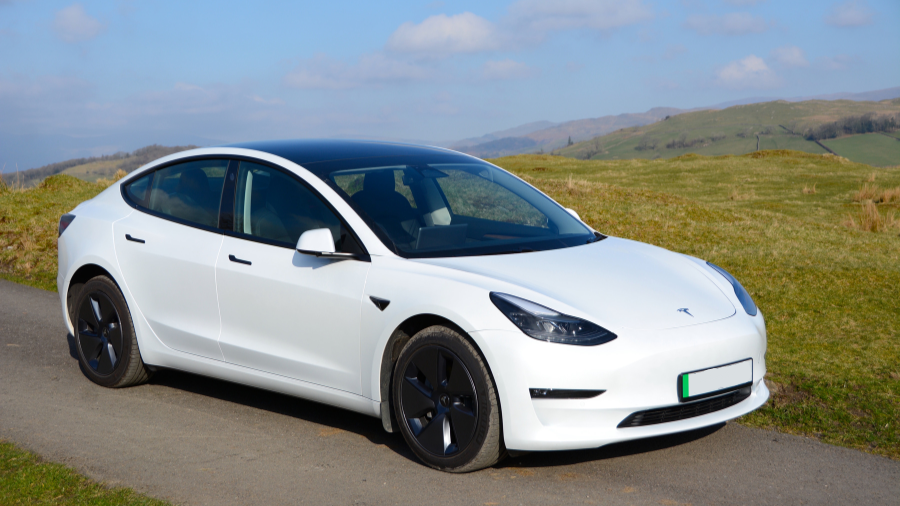
With a WLTP range of 319 miles and the high-spec, high-tech interior that Tesla is renowned for, it is always a hit with drivers who are looking for an electric car for lease that combines style, comfort, technology and performance.
Another great option for those who want a sporty and fun drive could be the Volkswagen ID.5 COUPE.

Having a WLTP range of 344 miles and a surprisingly large boot for a coupe, the iD5 is not only a winner on the style front, but it’s also pretty practical too.
Help with choosing the best leased electric car for you
At ElectriX, our aim is to make it as straightforward as possible for you to switch to an electric lease car, whether it’s for your next company car or a personal lease, or you’re exploring your options with an electric car through Salary Sacrifice. We can help with not only finding the right vehicle for your specific needs, but also with home charger installation and electric car insurance too.
By choosing ElectriX, you can enjoy the benefits of:
- Your brand-new electric lease car delivered to your door.
- Simple and fixed monthly payments, that can also include maintenance, for your convenience.
- Guidance and advice from our experienced advisors throughout the process.
Are you ready to go electric?
Want to know if an electric car is the right choice for you?
Join in with our simple online quiz to find out more.
Discover a wide range of electric cars today
Discover electric cars that are available through our partner CBVC today.
Discover cars available







